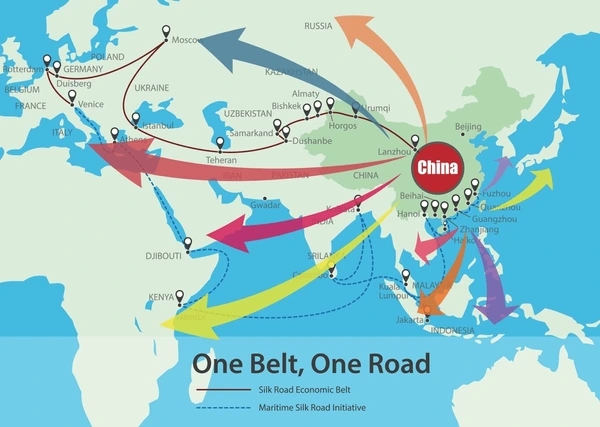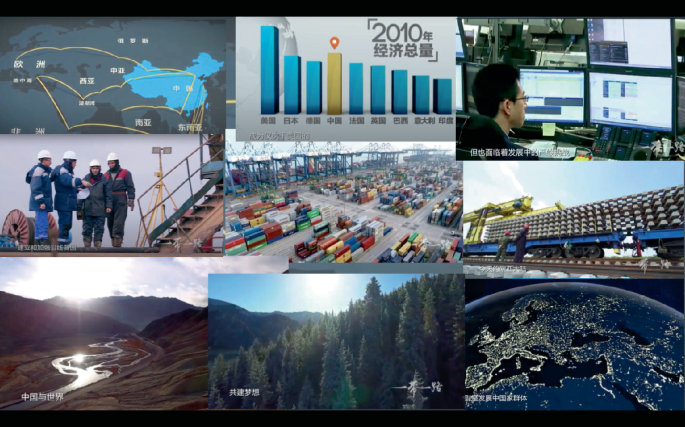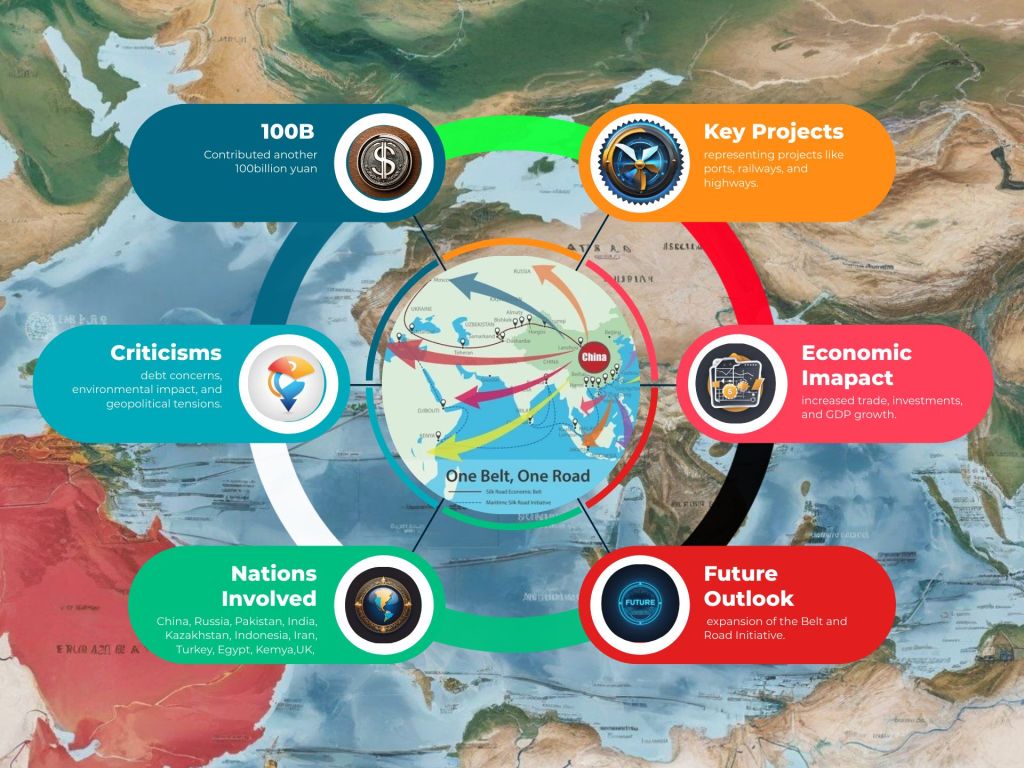
On October 2013, Chinese President Xi Jinping and general secretary of the Chinese Communist party (CCP) divulged the BRI initiative during visits to Indonesia and Kazakhstan. Its primary objective was, trust of fellow nations and mutual understanding.
Around 40 years ago, the poverty rate in China was at its peak, 90% of the population suffered from starvation and poverty, that made the country miserable. However, in the next 30 years, China made a huge transformation. In 1978, China’s contribution to the global GDP was only 2%, today, China contributes more than 18% to the global GDP and poverty rate is less than 1%. China has made enormous strides in various fields, allowing them to launch the most expensive infrastructure project in history, the Belt and Road Initiative.
To complicate matters, the BRI Initiative is not just a physical project like constructing a road, train or building, it is a far broader concept that includes a large number of networks of infrastructure projects. For instance, Technology and Communication, Investments and Trades, Land based transportation like upgrading existing roads and building new roads, energy and power, shipping routes and logistic facilities.

Figure 1- Belt and Road Initiative
First off, China has proposed applying the BRI Initiative to enhance global connectivity, partly due to its comparative advantage in the construction of infrastructure such as communications, highways, hydroelectric power plants, and trains. The foundations of the Belt and Road Initiative stem from China’s thousand-year history of Confucianism, Confucius said: “One who wishes himself to be successful must also help others to be successful; one who wishes to develop himself must also help others to develop”. The BRI’s rationalities are tied to China’s own dramatic structural transformation in the last 37 years from an agrarian economy to an industrial powerhouse.
Historical Context: The Ancient Silk Road
Xi Jinping presented the BRI as a reincarnation of the ancient Silk Road. The term “Silk Road” refers to the network of routes that connected ancient China with the Roman Empire, it was invented by Ferdinand von Richthofen, a German geographer.
Similar to BRI, the Silk Road promoted trade, ideas, and cultural exchanges between the east, primarily China and the west which included Central Asia, Middle East, and Europe. However, the geographical boundaries can be confusing, considering these regions are geographically diverse and spread across different directions relative to one another.
Furthermore, in 130 BCE, the dissemination of information, faiths, and technology as well as the advancement of civilizations were greatly aided by the silk road. The Silk Road operated in a pre-technological era, however, it supported technology by sharing secrets, for instance, making gun powder, printing, or even compasses. Moreover, the inventions that were inspired by the materials, tools, and other inventions that travelled over the Silk Road enabled people in separate regions to make use of them and discover new ideas and inventions. Thus, despite the fact that the Silk Road predates smartphones and artificial intelligence, it was essential in laying the ground work for the revolutionizing technology of today.

Dissemination of Technology
The sharing of technology is often involved in infrastructure projects, BRI involves significant transfer of knowledge and technology between China and other neighboring countries. This can contribute to technological advancements.
Initiatives for state infrastructure development typically address the problem of technological learning and knowledge transfer. However, when sea, land and air transportation infrastructure develop, there is possibility that technological learning can be considerably aided. When the infrastructure has reached a higher level of development, there is a strong foundation for technology transfer.
Economic Growth
BRI is one of the main strategic pillars of the “go global” policy introduced by Xi in 2013. it is a long-term initiative that requires cooperation from all participating nations in order to achieve more equitable and balanced development. However, the infrastructure and financial resources required for industrial and economic growth are lacking in emerging nations. China has a wealth of financial resources, including foreign exchange reserves of about US $3.5 trillion, and extensive expertise in the development of infrastructure.
Thus, the Belt and Road initiative envisions significant infrastructure growth that will lay the groundwork for the regions industrial and economic prosperity. 70% of the world’s population, 75% of its known energy sources and territory, 25% of global trade, and 55% of global GDP are all involved in BRI-related initiatives.
Chinese infrastructure expenditures, such as building the new administrative capital and enlarging the Suez Canal Economic Zone, habe helped Egypt. The goals of these initiatives are to increase trade and economic growth.
Job Opportunities
BRI project implementation calls for a sizable labor force. Construction, and maintenance tasks frequently require the use of local labor, which directly generates employment opportunities in the host countries. Moreover, building new infrastructure has the potential to boost business activity in adjacent industries and indirectly create job opportunities. For instance, better infrastructure for transportation can encourage trade, which will raise employment in the logistic and trade related business. In addition, China has released a movie drama featuring its Belt and Road initiative, titled Common Destiny.
Furthermore, according to Aljazeera, Italy’s decision to initially embrace the BRI and subsequently withdraw reflects a paradox in its foreign policy. An Italian government source said:
“We have every intention of maintaining excellent relations with China even if we are no longer part of the BRI project”.
All in all, there are a lot of different initiatives and the Belt and Road has become more of a label to capture a lot of what is going on in China. However, the BRI’s specifics are hard to come by, there is no confirmed list of everything and everyone involved, but its estimated to include 2600 projects in more than 100 countries, which makes it difficult to come up with an accurate price tag. The Belt and Road initiative is about China’s position in the world, it’s their strategy to outshine everyone on the international stage and label it as a reincarnation of the ancient Silk Road. Then again, several nations do not like the idea of the Chinese calling the shots.